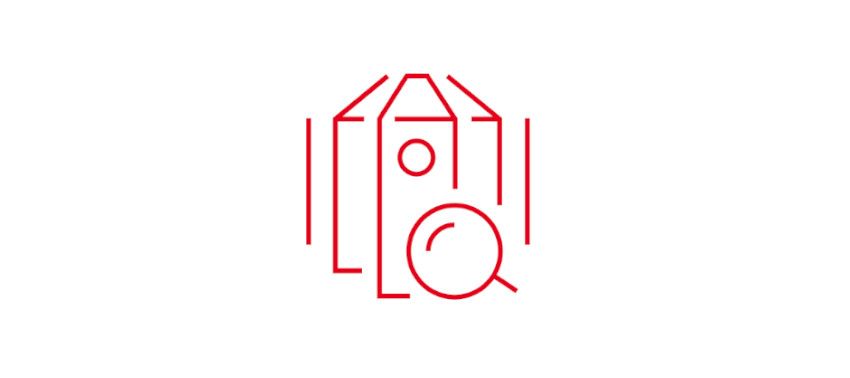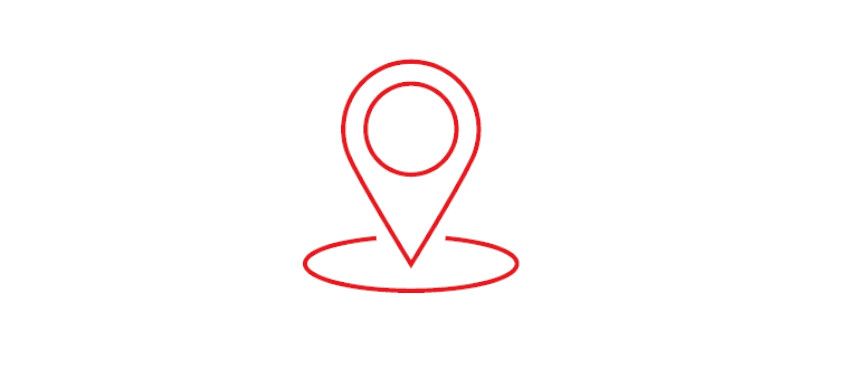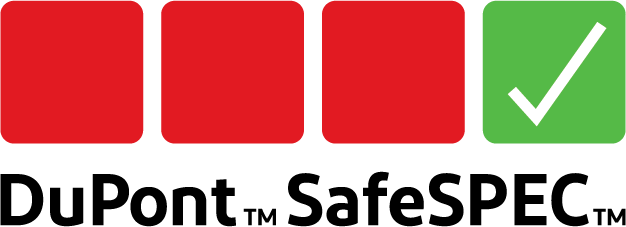Cheers DuPont! Malteurop toasts a better approach to worker safety
_192_Image-01_672px)
Enjoying a pint of beer is one of the simple pleasures in life; but with average UK consumption at around 10 litres per person1, keeping up with demand means brewing on an industrial scale and to strict standards of safety and hygiene. For the people involved in the production of beer and lager, their working environment contains hazardous substances with high levels of dust and particles from the grains, up to 100% humidity levels, physically confined working conditions and aggressive cleaning chemicals.
Malteurop, a major producer of malted barley used in brewing, wanted to ensure its workforce was fully protected when undertaking the daily cleaning regime necessary to keep its malting floors and vats free of bacterial contaminants and blockages. Mélissa Chauvière, Production Manager, turned to DuPont Protection Solutions to provide PPE designed to get as close as possible to zero risk.
_192_Image-02_672px)
Each malting floor can take anywhere between four and eight hours to clean
_192_Image-03_672px)
Malteurop undertakes a complete cleaning process, using bleach and high pressure rinsing equipment, every day to avoid any microbiological risk in its malting areas
Brewing background
Founded in 1984, the Malteurop group is one of the top players in the malting industry. Formed by the reorganisation of a group of cooperatives, this French company transforms barley into the malt that is subsequently used by brewers to produce their beers. With 27 plants around the world on four continents and with a staff of 1,200, Malteurop is becoming the top integrator in the barley-malt-beer value chain.
In France, the group has four production sites located at the heart of the cereal region, including the largest Malteurop plant in the world at Vitry-le-François, which has an annual production capacity of 240,000 tonnes. Ideally situated in the Marne département at the convergence of a waterway, motorway and rail network, the Malteurop site at Vitry-le-François produces the malt that will be used by its brewing customers to produce their lagers. With ISO 22000 (food safety), GMP+ (animal nutrition) and ISO 9001 certification, the plant houses three production units where 65 people work 24 hours a day, 365 days a year to ensure that the malting process is carried out correctly.
_192_Image-04_672px)
Thanks to support from DuPont, both permanent and temporary workers at Malteurop are fully protected and know how to use their coveralls correctly
A controlled production process in the service of quality
The production of malt requires precision. When it reaches 10-12% humidity, the barley undergoes various stages of transformation before being stored and despatched to the brewers:
· after cleaning, the grain is immersed in a soaking tank. This process awakens and stimulates the grain which then starts to germinate
· removed from soaking at 42% humidity, the grain then remains on a malting floor for four to five days at ambient temperature (12-20°). Lying on perforated trays equipped with a ventilation system, the grain is turned every 12 hours to ensure its proper development
· next is the kilning process which dries the grain at increasing temperature levels until the curing stage is reached (80-85°). This crucial stage determines the colour of the future beer
· after transfer to intermediate storage cells, the product moves to the degerminating machine to remove the sprouts, which are then recovered to use in the production of granulated animal feeds.
Both upstream and throughout the production process, the barley and malt receive every possible care: testing of new harvests in a micro-malthouse allows the production recipes to be adjusted, while quality controls are conducted in a laboratory where beer brewing conditions are replicated. The objective: to guarantee a quality product that meets the brewer customers' requirements.
For Malteurop, the prevention of food safety risks throughout the malting process is of paramount importance to the production of a sound, healthy malt. It is a challenge that the company is meeting with good manufacturing practices and a complete cleaning process is undertaken every time unloading occurs to avoid any microbiological risk.
A culture where safety rules
To meet the necessary hygiene and food safety conditions, cleaning is a daily issue at Malteurop. Denis Ricart, the company’s Prevention Leader, explains: "On the malting floors and in the vats, there is always a temperature of between 18 and 24 degrees and the humidity level approaches 100%. These are ideal conditions for the development of bacteria, moulds and fungi.”
Véronique Coeffier, the QHSE Assistant, continues: "This is why, once a soaking vat or malting floor is empty, a cleaning team uses bleach to clean the room, beneath the malting floor and the grain conveyor systems, followed by rinsing with a high pressure jet before the installation is filled again. These operations are particularly essential for beneath the malting floor, to prevent the holes in the trays becoming blocked with barley grains since, without ventilation, the grain is asphyxiated".
At the Vitry-le-François malthouse, with its 12 malting floors and two soaking vats, these rigorous manual cleaning procedures are conscientiously performed once every day. The work is not inconsiderable given the size of the malting floors: it takes between four to eight hours to clean each room, depending on how clogged up the vat is. Workers are exposed to the hazards related to the use of diluted bleach, with a high risk of projection during the high pressure rinsing process and are also subject to many posture-related constraints in the confined spaces. They must wear chemical protection gloves and an overall, on top of which they don a helmet and a harness with a ventilation belt.
Personal safety: an absolute priority
To achieve the best possible match with the protection requirements of the production staff, DuPont Personal Protection went on-site at Vitry-le-François to gain precise knowledge of the chemical products used and to observe the real conditions in which the overalls are used. Mélissa Chauvière, Production Manager at Malteurop, specified: "We want an item of clothing that is easy to put on and is sufficiently tear-resistant in the event of snagging; but the correct use of the overall also needs to be easily understood by the staff".
After several working meetings, DuPont Protection Solutions recommended the Tychem® 4000 S overall. This category III overall is particularly suited to applications which requires optimum protection against chemical substances without hampering the movements of the wearer, who may be required to work in a confined space. Great care has been taken to perfect the shape and fit of the garment, particularly when moving. Worker safety is also enhanced by the white colour of Tychem® 4000 S garments, which provides contrast across a wide range of natural backgrounds to make the wearer more visible, even in poor light.
The recommended overalls were tested by Malteurop staff working in various cleaning areas. Following the trials, the Tychem® 4000 S overall was unanimously welcomed. Jamel Bahri, who has worked at Malteurop for six years, says: "I felt safer, the seams are better protected and it fits better at the neck. Together with the dual zip fastener and dual flap, it is really sealed, which re-assures us.”
Other colleagues agreed, observing that they found the Tychem® 4000 S easy to put on, lighter and more comfortable to wear than their previous protective workwear. The safety team was also particularly impressed with the coverall’s protective sleeves that stay in place much better due to the elasticated thumb loop at the wrist.
Safety training, key to success
The support Malteurop received from DuPont Protection Solutions did not stop at the selection of their preferred coverall: it also included advice about garment sizing and the adoption of best practice in their application. DuPont were also involved in training the teams to don the overall, carry out the cleaning and remove the overall.
Production Manager Mélissa Chauvière observes: “We now have precise safety procedures in place to protect our workforce. Before any chemical product is used, both permanent and temporary staff undergo training on putting on and removing the protective garments. Every task is described on an instruction sheet which workers have to read before starting any cleaning.”
And from the safety perspective, Véronique Coeffier concludes: “The support we received from DuPont has been a key driver to introducing a global approach to safety and involving the teams. We are really satisfied with the progress that has been made.”

Resource library
Find technical information, videos, webinars and case studies about DuPont PPE here.
_192_Image-05_672x393px?$VIDEO_D$)




